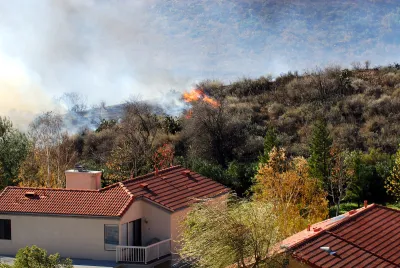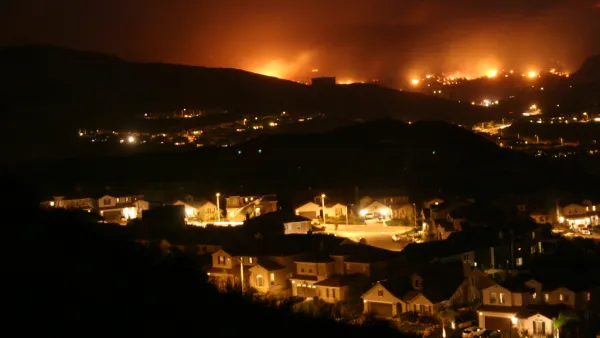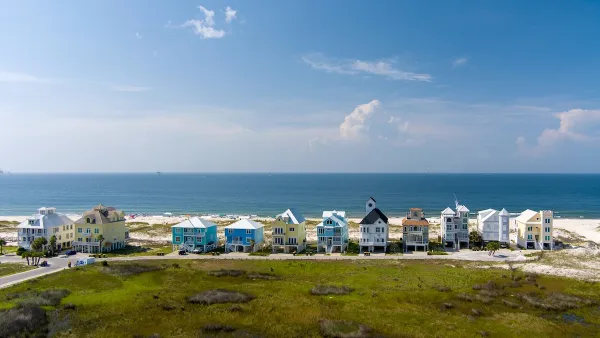Homeowners in places at risk for wildfires and other disasters find it harder than ever to secure an affordable insurance policy as companies leave some states altogether.

Home insurance companies are abandoning some markets in the Western United States as increasingly devastating and unpredictable wildfires and other disasters drive up costs.
“According to a report from the nonprofit climate research firm First Street Foundation, 39 million homes nationwide are at risk of losing their insurance due to climate hazards,” writes Kylie Mohr in High Country News, prefacing an interview with former California insurance commissioner Dave Jones.
According to Jones, the main driver of higher insurance premiums is climate change. “Until we stop using fossil fuels and reduce greenhouse gas emissions associated with other sectors of the economy, we’re going to continue to march steadily toward an uninsurable future,” Jones said.
Jones noted that “One thing insurers could do would be to transition out of fossil fuels and other high greenhouse gas-emitting industries as an investor.” They could also adjust their models to account for “landscape-scale forest management” initiatives that reduce fire risk.
Mohr adds that “Recently proposed changes to California’s insurance regulations may allow insurance companies to include wildfire-preparedness measures, such as safety certifications and prescribed burns, in their pricing models.”
Jones also suggests that states should adopt stringent building codes to make structures more fire-resistant and provide assistance for retrofitting programs. When it comes to insurance assistance programs like California’s Fair Access to Insurance Requirements (FAIR) plan, Jones says “Even though it’s expensive, I would argue strongly against artificially suppressing the rates of the FAIR plan, because then you start sending the wrong signal about the risk in certain areas due to climate change.”
FULL STORY: Homeowner’s insurance is going up in smoke

Analysis: Cybertruck Fatality Rate Far Exceeds That of Ford Pinto
The Tesla Cybertruck was recalled seven times last year.

National Parks Layoffs Will Cause Communities to Lose Billions
Thousands of essential park workers were laid off this week, just before the busy spring break season.

Retro-silient?: America’s First “Eco-burb,” The Woodlands Turns 50
A master-planned community north of Houston offers lessons on green infrastructure and resilient design, but falls short of its founder’s lofty affordability and walkability goals.

Test News Post 1
This is a summary

Analysis: Cybertruck Fatality Rate Far Exceeds That of Ford Pinto
The Tesla Cybertruck was recalled seven times last year.

Test News Headline 46
Test for the image on the front page.
Urban Design for Planners 1: Software Tools
This six-course series explores essential urban design concepts using open source software and equips planners with the tools they need to participate fully in the urban design process.
Planning for Universal Design
Learn the tools for implementing Universal Design in planning regulations.
EMC Planning Group, Inc.
Planetizen
Planetizen
Mpact (formerly Rail~Volution)
Great Falls Development Authority, Inc.
HUDs Office of Policy Development and Research
NYU Wagner Graduate School of Public Service




























